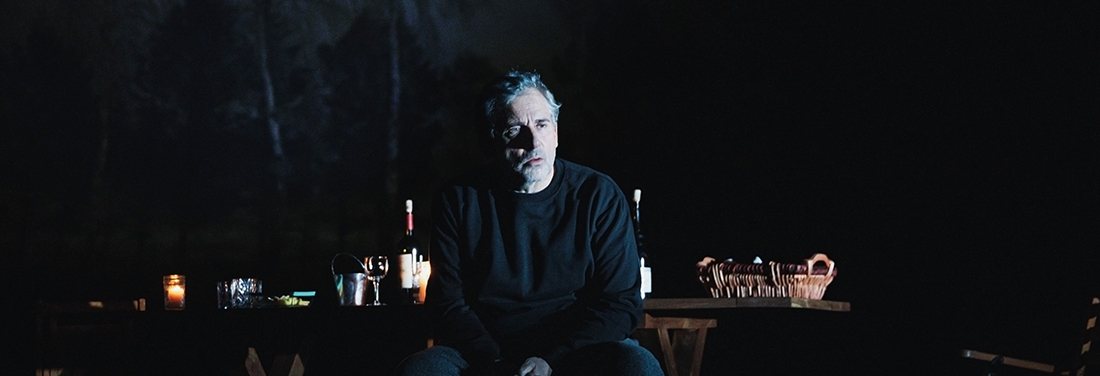
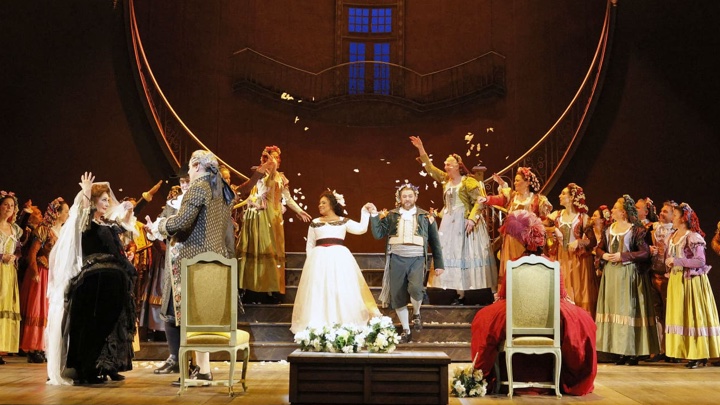
I too was concerned about the length of Mozart’s Le Nozze di Figaro as I wended my way from my home in Santa Monica to the Music Center in downtown Los Angeles, forswearing liquids in anticipation of a performance scheduled to run 3 hours and 45 minutes with only one intermission and not the standard three.
Mounted in conjunction with the Théâtre des Champs-Elysées, Opéra National de Lorraine, Les Théâtres de la Ville de Luxembourg, and the Opéra de Lausanne, the opera raised other concern. Although it comes with a magnificent design pedigree it was staged by a film director venturing into opera for the first time. I shouldn’t have worried since the pleasures it offered were so many I sat enraptured the entire time.
James Conlon, our music director and conductor, marched into the pit and proceeded to literally whip through the famous overture. I’m happy to say that precision was never sacrificed for the sake of some astonishingly fleet playing from the LA Opera Orchestra and the musical standard was kept very high all night long.
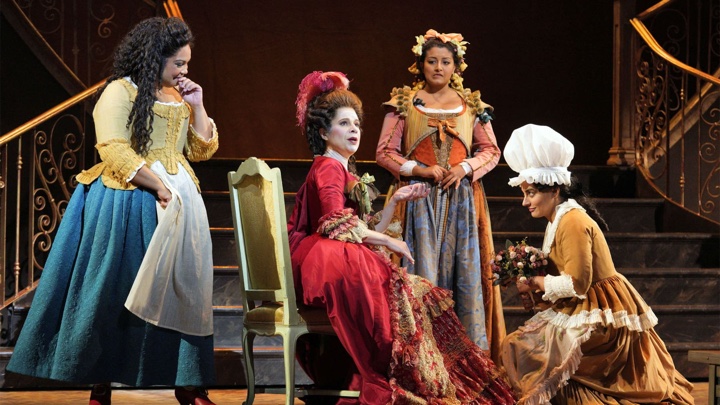
Musical preparation as to dynamics was apparently so exacting that the entire cast felt free to sing softly in ensemble (!) which brought many delights throughout the evening. I should also mention keyboardist Kevin Murphy, who was stationed prominently in the pit on a raised platform stage right, whose contribution on the harpsichord never descended into cocktail continuo. That said I think we had a minimum of appoggiatura and sadly no embellishments or ornamentation.
Sumptuous sets designed by Santo Loquasto included two ramps on either side of the stage extending into the audience that were liberally utilized by the principals and chorus. This happened most effectively at the great concertate finale to Act II when the warring factions moved onto them and past the proscenium. Susanna and Figaro broke stage left and Marcellina, Bartolo, and Don Basilio opposite with the Count and Countess forward on the very lip of the stage in front of the prompter’s box. Suddenly it was like quadraphonic stereo.
A basic wooden colonnade on either side gave the impression of wings of an antique wooden theater with various set pieces brought in the middle representing each act’s setting. The most effective of these was a simple drop that represented a massive double stairway and landing in the castle for Act III. The garden of Act IV, which is always tricky because of the need for so many characters to simultaneously lurk unseen, was also beautifully realized. A lovely autumnal lighting plot was devised by York Kennedy.
Costumes were entrusted to the great haute-couturier Christian Lacroix. Apparently rainbow-hued snoods will be all the rage next season! His art showed itself in both the use of clean lines and bold, vivid, colors, always capturing the characters perfectly. Standouts were the Countess’ fantastically ornate ball gown for the last two acts and the Count’s bright red coat and vest mirroring his fury in Act II.
Marcellina’s matronly black ensemble with white accents with picture hat and cape was a perfect representation of her station. I had only faint disappointment in Susanna’s simple white wedding dress which I don’t think was the fashion of the era and seemed anachronistic.
Speaking of Marcellina, I don’t know how we became so fortunate as to count the great Scottish soprano Marie McLaughlin amongst the ensemble of LA Opera. This was her third appearance here since her 1996 debut as Dorabella in Cosi and her participation in the ensemble of 2019’s Light in the Piazza. A consummate actress, she shifted so quickly from comic bathos to fury to motherly love she was a veritable master class. She also retains much of the beauty of her true soprano and was thankfully not the usual vocal gorgon.
Kristinn Sigmundsson and Rodell Aure Rosel as Dr. Bartolo and Don Basilio completed the trio of intrigue. The bass having not lost his gift for patter nor his comic timing since his last performance here in this same role in 2015. His slow realization and reaction to Figaro being his offspring brought one of the biggest laughs of the evening. As the scheming Don Basilio Rosel’s command and reaction to each situation was so hilarious he veritably crackled onstage. It made me doubly sorry that his sorbet aria in the last act was cut.
Harder to gauge was the contribution of Rihab Chaieb as Cherubino. She sang beautifully but without the last amount of nuance displayed consistently by her colleagues. I wasn’t particularly sold on her portrayal as a boy until she was dressed by Susanna as a girl and then her comic masculinity was brought to the fore which made those gags all the funnier.
Baritone Lucas Meacham who was our Figaro both for the Rossini in 2009 and in the Corigliano Ghosts of Versailles in 2015. Having now graduated to the nobility. he gave a vocally assured performance from the first as the Count. He was menacing in the Act II confrontation with his Countess then reduced to little boy sniveling in the next act by Susanna in the duet arranging their assignation in the glade. HIs aria at the top of Act III was filled with contrast and fervor and he made light work of the tricky ornaments in the last section.
Our Countess was Ana Maria Martinez, whose uncommonly clean line was most welcome in Mozart’s music. In what often turns into a “stand and sing pretty” role she brought such a large degree of dramatic interpretation it frankly nearly eclipsed her vocal performance. Her poised “Porgi amor” sung in the dim morning light of her boudoir became the nucleus of her characterization.
After singing with nearly endless breath she discreetly brushed a tear from her cheek as Susanna entered. It said all about her situation from the first. If her top notes in the finale of “Dove sono” took on some steel it spoke only to the ferocity she put into them. Her unique and oboe-ish timbre also blended seamlessly in ensemble and duet with our Susanna, Janai Brugger.
Ms. Brugger’s talents are many. She has a large stage presence that easily circles sly, side-eyed, comedy and broader farce. Her complete disbelief at the revelation of Figaro’s parentage was just a facet of her performance that showed her real skill as a comic actress. This is a woman I saw almost single handedly commandeer an entire performance of La bohème on the strength of her Musetta. No small feat that.!
Vocally she was nearly bell-like in her clean articulation of Susanna’s many vocal demands capped with a “Deh vieni” that I wanted to go on forever. Her loving support of Figaro turning to hilarious feminine fury in the garden after his attempted seduction just another great example of her dexterity. She is a Susanna for the ages.
Our thwarted bridegroom was bass-baritone Craig Colclough who played a bumptious Figaro to the comic hilt. Very quick on his feet in more ways than one he was equal mentally and physically to all the challenges of Mozart’s valet. He sounds more bass than baritone to my ear but from his repertoire shows more facility for the latter. It’s a lovely voice and he made much of his last act showstopper in the garden. Such a young talent at this point it’s impossible not to wonder what the future will bring.
I’m happy to say the audience laughed constantly and uproariously all evening long and it didn’t seem like even the smallest bits of business were missed. Not like the time I got shushed at a recent Magic Flute for laughing out loud. I have to lay the credit for this at the feet of director James Gray who showed a real intuitive way with not only the staging and interaction of the characters but creating for them all a perfect turn when the time came.
It’s hard to keep an ensemble cast of this size so well focused and branded to each other. Nor did any of his comic choices descend to mere extraneous slapstick at the expense of the characters. It’s a delicate act and one that he pulled off with far more aplomb than I expected from a (gasp) film director.
My companion marveled at the fact of such a tightly-knit ensemble on an opening night and mused out loud at how much better they may actually get at this in the five coming performances through the end of the month. There’s only one way to find out!
Photos: Cory Weaver
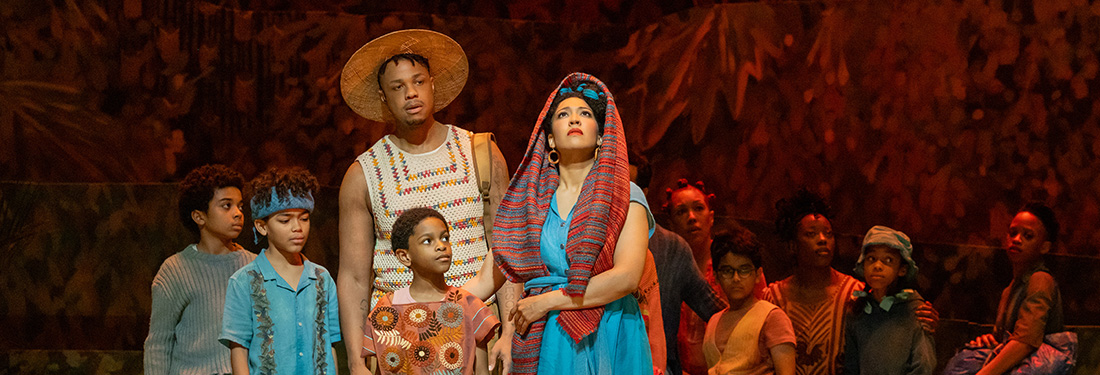





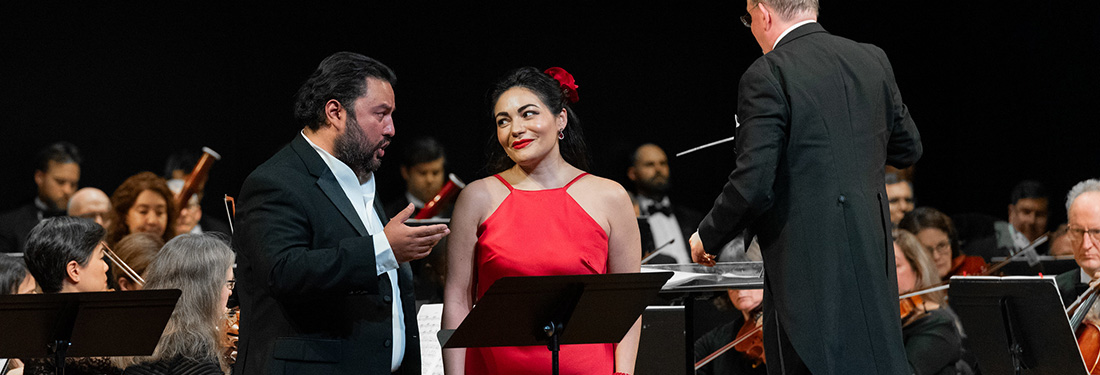
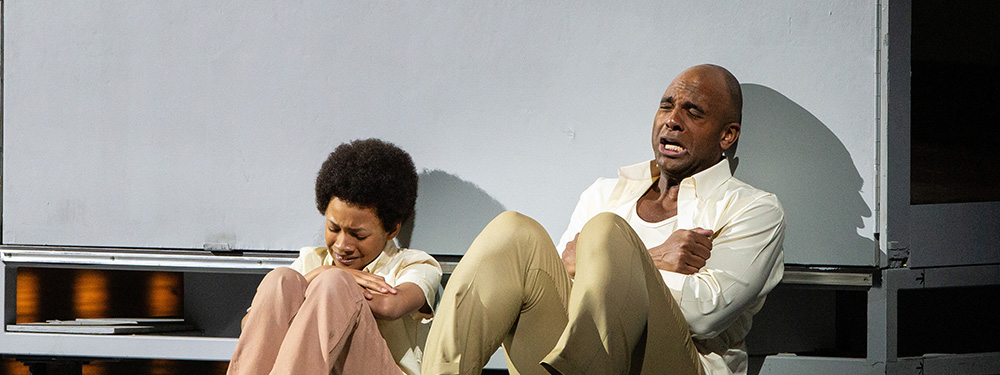
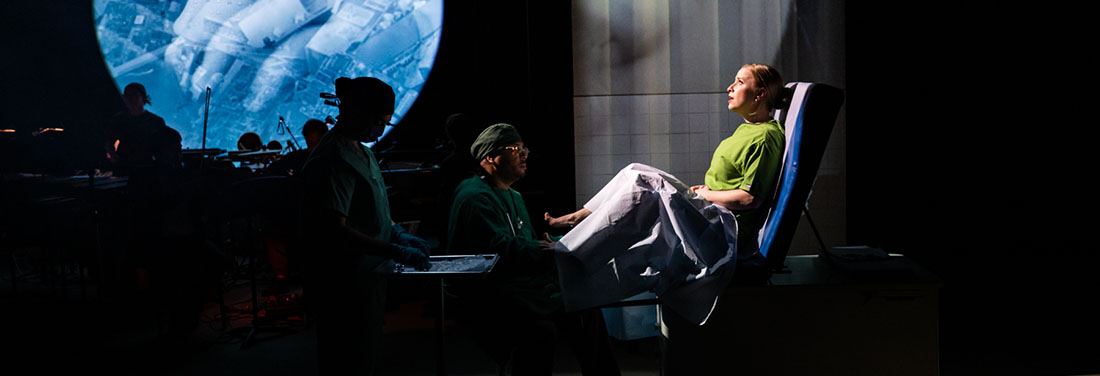
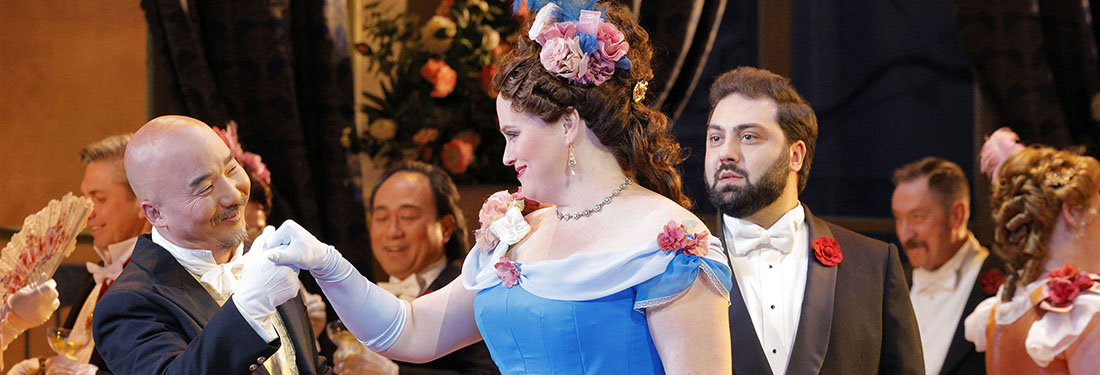

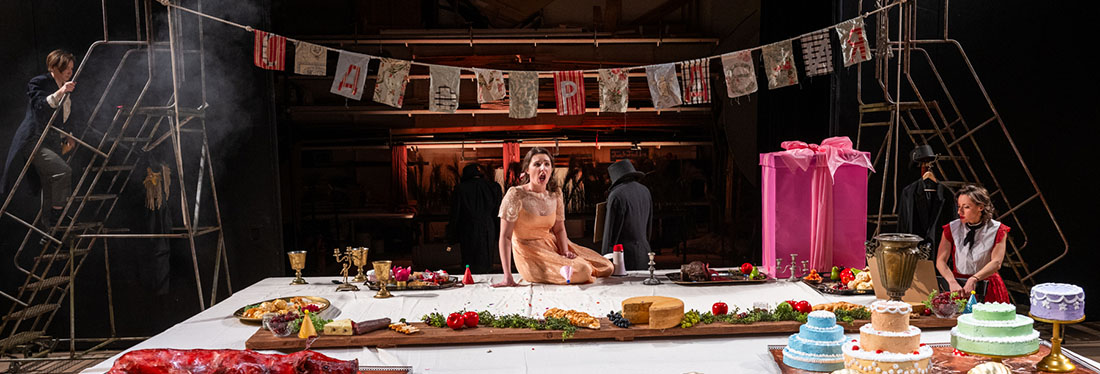
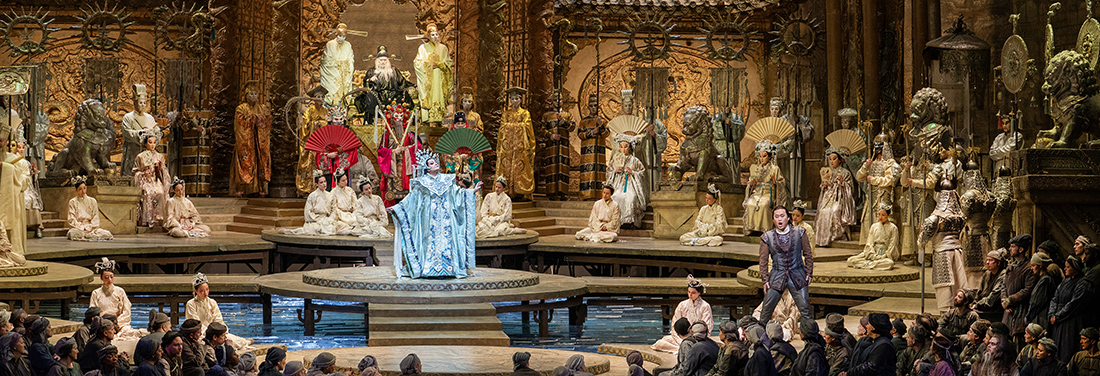
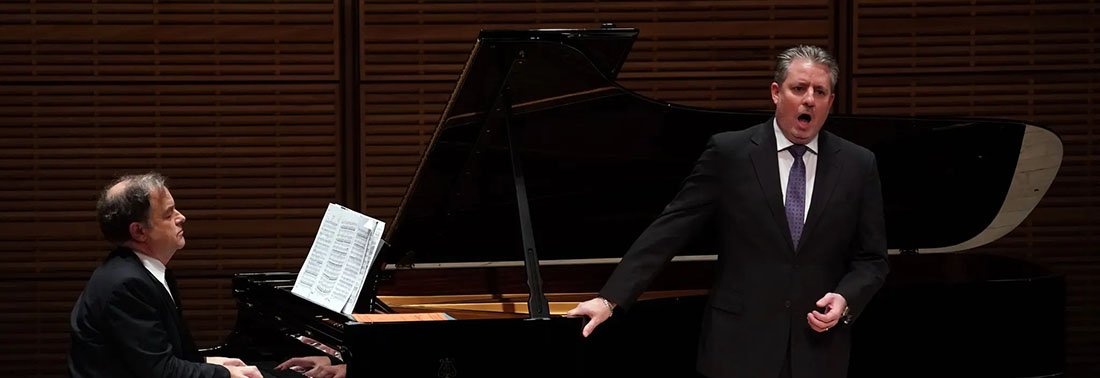
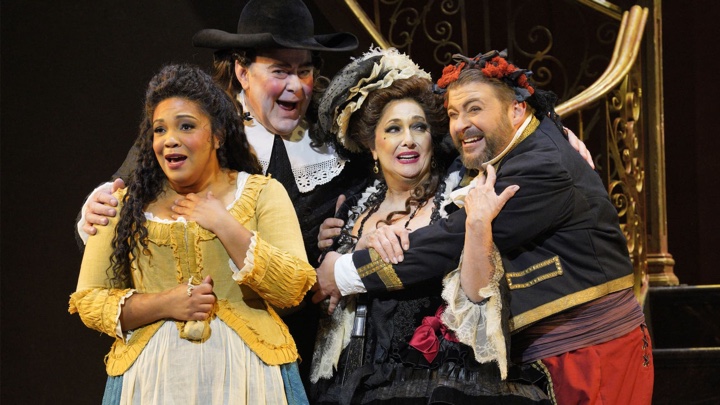
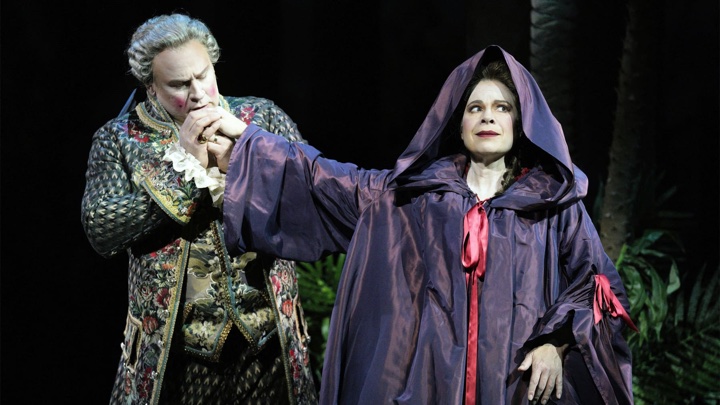
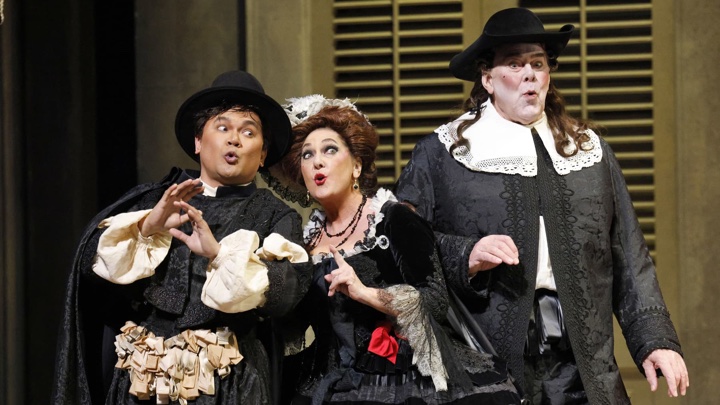
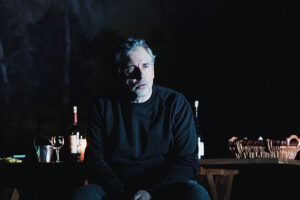
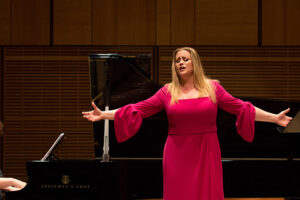
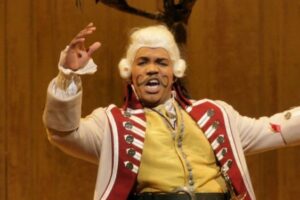

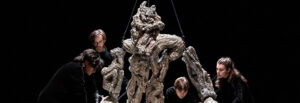
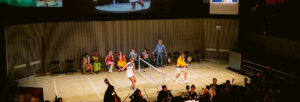



Comments